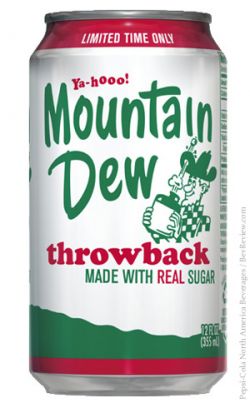I already know you’re an expert
September 13, 2011

…they already know you’re capable
When I get hit in the forehead twice on one day with a marketing tip — I know it’s time to share.
Incident One: I’m on the phone with a potential new client who is telling me about his previous experiences with finding the right agency.
He’s describing one agency visit and says, “pretty much all we talked about were how many awards they won. I already knew they could do the job, I just wanted to know if I liked them.”
Turns out he didn’t like them…but apparently they sure liked themselves.
That agency didn’t get it.
Incident Two: Later that evening (around 11 pm) I’m working in my home office. I notice a drip of blood that has fallen, apparently from me. The one drip becomes many and an hour (and two rolls of TP) later, when I still can’t stop the nose bleed… I figure I’d better head to the ER.
We have a new hospital minutes from my house, and fortunately, this was my first visit. I walked in and within 10 minutes, a nurse is coming out to get me, apologizing for keeping me waiting. In the holding pen (exam room) the nurse doesn’t tell me about his education or skills, instead he empathized with me by telling me how he used to suffer from nose bleeds and how glad he was I came in, rather than continuing to try to stop it myself.
Doctor comes in 10 minutes later — again, does not tell me his med school GPA or diploma. He introduces himself by his first name and begins to solve my problem.
(Turns out the solving my problem involved cauterizing — really do not recommend that.)
After the “procedure” — both the doctor and the nurse checked back in and encouraged me to come back in if I couldn’t control the pain or the bleeding started back up.
The entire experience — they focused on me. They anticipated my questions, concerns and even that I felt a little silly bothering them with a nose bleed. As the nurse was walking me out to the front door, again he apologized that I had to wait here and there.
They got it.
In today’s age — if someone is approaching you to potentially buy something, they already know you/your product is capable. No one buys anything today without doing a little research on the web or by asking their network. If you’ve gotten to the “I want to meet you” stage — they’ve already given you props for your capability. Now they want to know how the chemistry is.
Here are the questions running through their mind at the interview/first visit stage:
- What would they be like to work with?
- Do I trust them?
- Will they make me look good?
- Do they care?
So pitch the PowerPoint slides that blather on about you. Don’t lead with the awards or credentials. Just roll up your sleeves and be valuable by being about them.
More








